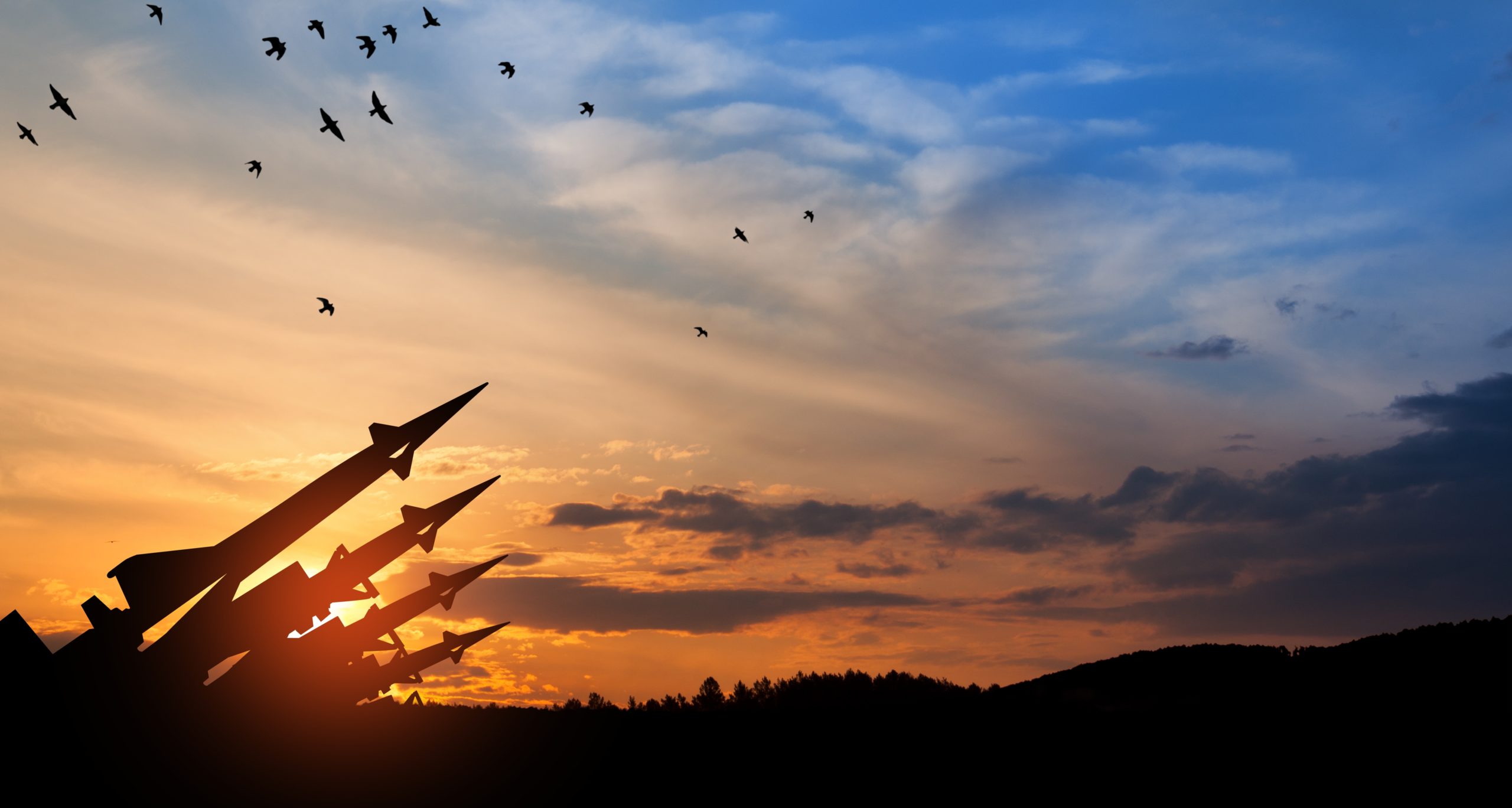
According to the latest research from the Stockholm International Peace Research Institute (SIPRI), the world’s nuclear arsenal is on the rise.
“There are clear indications that the reductions that have characterised global nuclear arsenals since the end of the Cold War have ended,” said Hans M. Kristensen, Associate Senior Fellow with SIPRI’s Weapons of Mass Destruction Programme and Director of the Nuclear Information Project at the Federation of American Scientists (FAS) in a June 13th press release.
Russia and the U.S. have the largest arsenals of nuclear weapons—90% of global totals, according to SIPRI. In 2021, their count of nuclear warheads had decreased slightly due to decommissioning old warheads. Overall however, the trend has been towards modernising and expanding nuclear arsenals.
SIPRI estimates the global inventory of nuclear warheads to be 12,705, with about 9,440 kept in military stockpiles for potential use. Of those ready for use, an estimated 3,732 have been deployed around the world, attached to missiles and aircraft. Of those already deployed, 2,000 are kept in a state of high operational alert. These belonged almost exclusively to Russia and the U.S.
Satellite images indicate that China is in the middle of a substantial expansion of its nuclear weapon arsenal, including the construction of over 300 new missile silos. SIPRI also suspects that several additional nuclear warheads have been assigned to operational forces in 2021, following Chinese acquisition of new mobile launchers—and a submarine—to its military suite.
Reversing decades of gradual disarmament, in 2021, the UK announced its decision to increase the ceiling on its total warhead stockpile. From that time, public disclosure of the costs for the country’s operational nuclear weapon arsenal, its deployed warheads, or deployed missiles has been stopped.
France officially launched a programme to develop a third-generation nuclear-powered ballistic missile submarine (SSBN) in early 2021.
India and Pakistan appear to be expanding their nuclear arsenals, according to SIPRI, while introducing and developing new types of nuclear delivery systems. SIPRI also believes that Israel is modernising its nuclear arsenal.
SIPRI estimates that North Korea has now assembled up to 20 warheads and possesses enough fissile material for a total of 45-55 warheads, as it continues undeterred in its nuclear weapons expansion.
“If the nuclear-armed states take no immediate and concrete action on disarmament, then the global inventory of nuclear warheads could soon begin to increase for the first time since the Cold War,” said Matt Korda, Associate Researcher with SIPRI’s Weapons of Mass Destruction Programme and Senior Research Associate with the FAS Nuclear Information Project.
